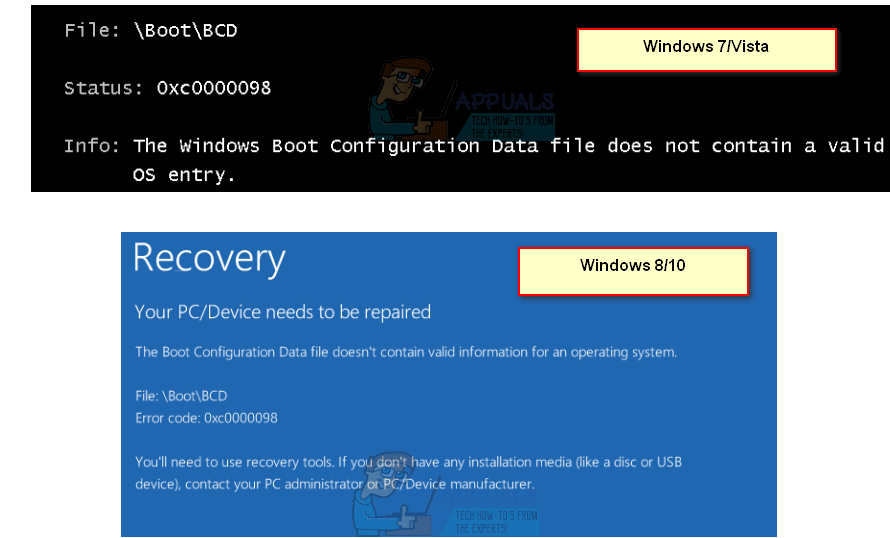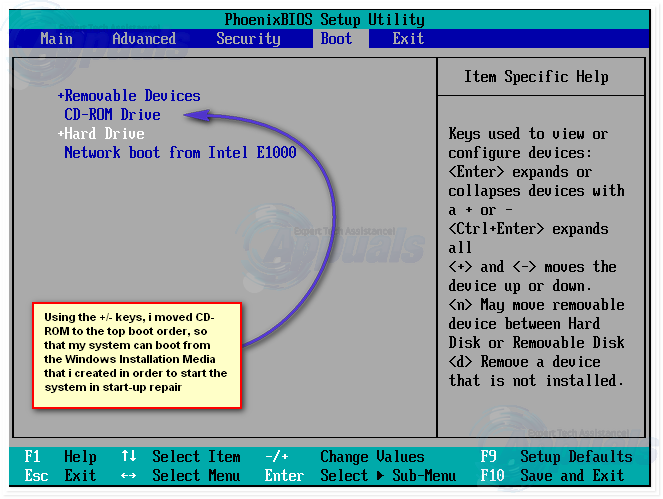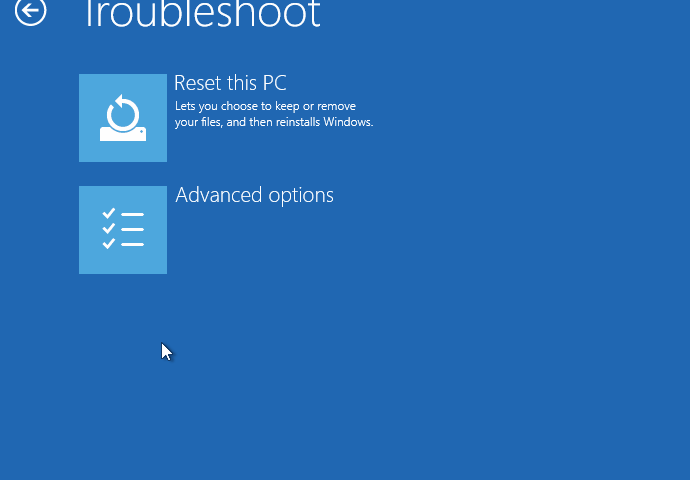How to Fix Boot Error 0xc0000098 on Windows 7/8 and 10
The 0xc0000098 error appears when there is a corrupted Boot Configuration Data file. Windows won’t allow you to boot, rendering your device useless. This error can be caused from hardware errors, such as a damaged hard drive or bad RAM, so after fixing this with the solution below, it’s good to see if these two components are all good.
This is an issue that hit a lot of users, from Windows Vista up until Windows 10, and it can be frustrating for someone who doesn’t really see what is actually happening. No users are excluded, and you won’t be able to use your device with Windows until you solve the problem
Fortunately, there is a solution that solves this issue and fixes the corrupted BCD file. After it, Windows will boot just fine and you’ll be able to continue using your system again. Keep in mind though, that you will need to use a Windows recovery drive, whether it’s an installation USB or a CD/DVD, you will need it, so get your hands on one before you start.

How to BOOT into BIOS to change Boot Order
Before you proceed with the instructions given in this article, it is important that you read this para regarding changing bios and booting from usb or discs.
Restart your computer. Enter your computer’s BIOS (or UEFI) settings as soon as it starts up. The key that you need to press to enter these settings depends on the manufacturer of your computer’s motherboard and can be anything from Esc, Delete or F2 to F8, F10 or F12. This is displayed on the post screen, and the manual that was supplied with your system. A quick google search asking “how to enter bios” followed by model number will also list results. Navigate to the Boot. You must know how to boot and change boot order since this will be needed to perform the solutions below.

Rebuild and repair the Master Boot Record, Boot Sector and Boot Configuration Data (Windows 7/8 and 10)
This step will require you to use the recovery drive mentioned earlier, so we will start there. If you do not have access to the recovery media, checkout this guide on bootable media using rufus (Windows 8 and 10) and for Windows 7/Vista see steps (here)
- Once inside the BIOS, navigate to the boot options and using the instructions within the BIOS, set the first boot device to the USB or DVD drive, depending on which one you have. This will tell the computer that it should first try to boot from there, which is what we need.
- Once the computer is booted from the recovery drive, in the Windows Setup dialog box, set everything to the appropriate values, select your language and click Next.
- In the lower left corner, click on Repair your computer, and choose Troubleshoot from the Choose an option screen.
- In the Troubleshoot screen, click Advanced Options, and click on Command Prompt. For Windows 7 and Vista, choose Command Prompt from the “Recovery Options” screen.
- When the Command Prompt opens, type the following commands, pressing Enter on your keyboard after each one of them:
bootrec /scanos bootrec /fixmbr bootrec /fixboot bootrec /rebuildbcd

Method 2: Use Startup Repair
Another method that requires a Windows recovery drive, this will use the built-in tools to repair the Boot Configuration Data file.
- Using steps 1 through 4 of the previous method, get to the Repair your computer
- Select your install, and from the list of available recovery options, choose Startup Repair.
Wait for the tool to scan your installation. If Startup Repair finds an error, it will attempt to fix it if possible, which should prevent the 0xc0000098 error from appearing again. You can also view detailed Startup Repair steps with pictures.
Method 3: Run the System File Checker utility to scan your system
The System File Checker (sfc) tool is used to automatically scan the system files of your computer, and try to repair them if needed.
- Using the steps from the first method, get to the screen that says Repair your computer.
- Select the Windows installation drive, and click
- From the System Recovery Options box, choose Command Prompt.
- In the Command Prompt, type the following command, and press Enter on your keyboard to execute it:
sfc /scannow /offbootdir=C:\ /offwindir=C:\Windows\
Replace C:\ with the letter of the drive where Windows is installed, and C:\Windows\ with the folder where Windows is.
- Wait for the SFC utility to scan your system. It will repair the error if possible and you won’t have to worry about it.
Method 4: Run the CHKDSK utility
If the previous methods failed, you can try the CHKDSK utility, also a built-in tool that checks your disk and fixes file system errors.
- Using steps 1-3 from the previous method, open the Command Prompt from the Windows recovery drive.
- In the Command Prompt, type the following command, followed by an Enter for execution:
chkdsk C: /f
Replace C: with the letter of the drive where you have installed Windows.
- Wait for the utility to finish. If it finds any errors, it will try to fix them, along with the 0xc0000098 error that you have been facing.
Even though Windows 10 has been out for over a year now, Microsoft still hasn’t managed to iron out all imperfections, and some hardware problems are manifested in a much worse manner than they should be. This is one of them, and even though it is advisable to check your hardware after you’ve fixed your system, by following the steps in the aforementioned method you should be able to boot into Windows again.
